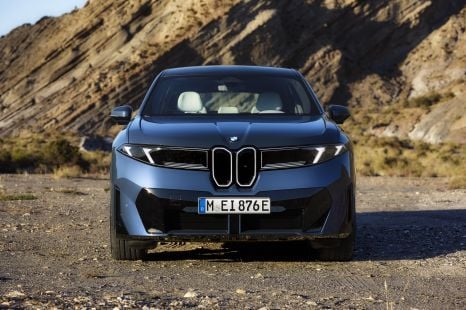

William Stopford
The CarExpert team's favourite reveals from the Munich motor show
10 Hours Ago

News Editor
Caterham will keep making its petrol-powered Seven for some time yet, but it’s working on both an electric version and a new electric roadster.
Company CEO Bob Laishley told Autocar work on an electrified Seven is well under way, even though Caterham owners haven’t been asking for such a vehicle, but the company is in no hurry to launch it.
Several experimental versions have also reportedly been built privately, though a production model is understood to be at least five years away.
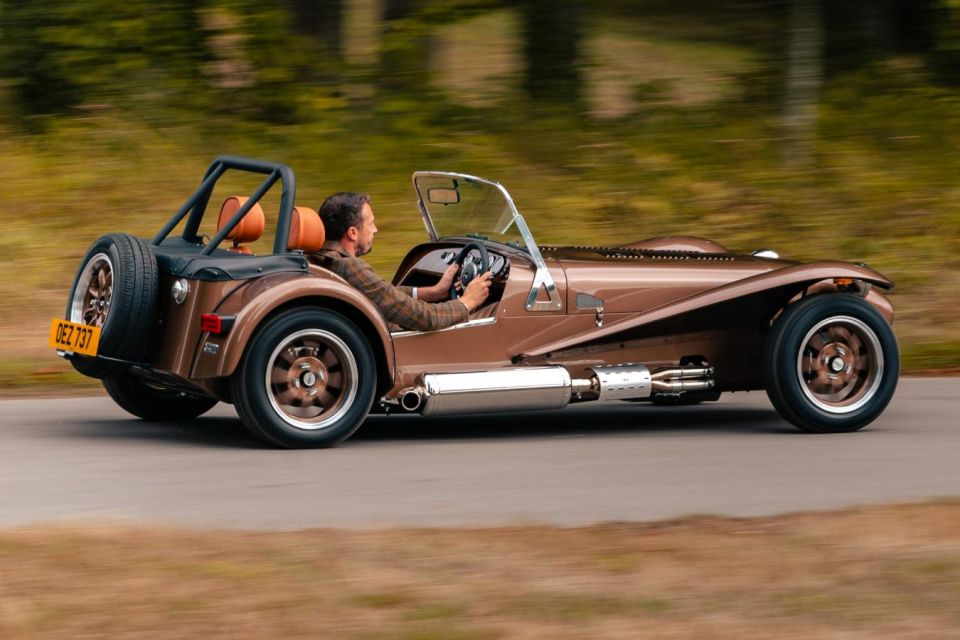
“From the beginning, Caterham’s history has centred around repurposing OEM components in an imaginative way,” said Mr Laishley.
“If I want to do that with a Seven EV, where do I get lightness? We’re still in the early days of small EV development. Parts are conservative and heavy.
“We’re never going to want to launch a 1000kg Seven. We’d rather not do it.”
His ideal Seven EV is one that weighs less than 700kg and offers “20-15-20” performance, where owners can arrive to a track fully charged, drive fast for 20 minutes, recharge for 15 minutes, then do it again.
“If we can’t deliver a Seven that can do this, we shouldn’t be launching it,” he said.
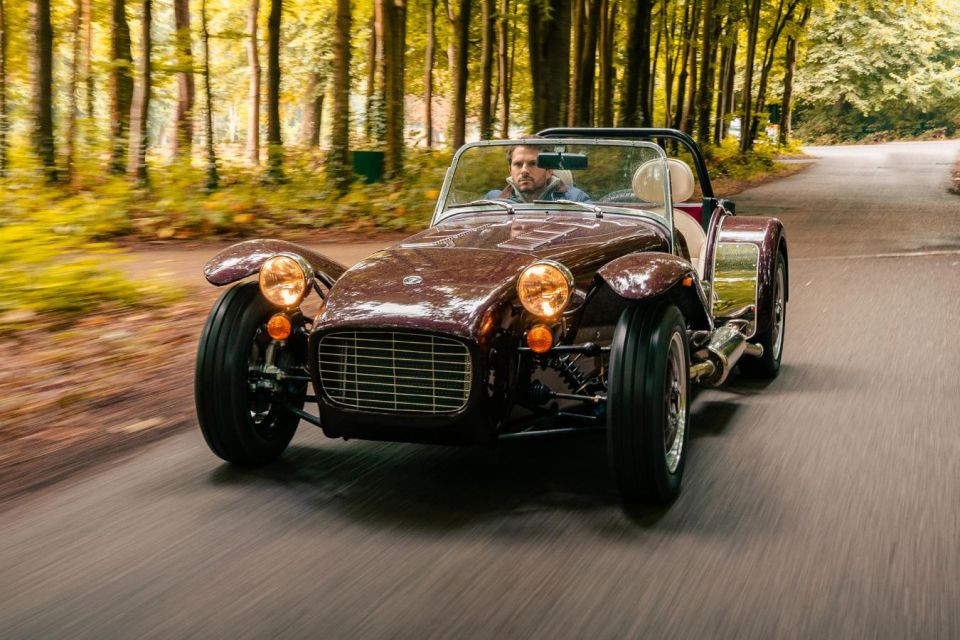
Caterham has definitively ruled out offering a hybrid model.
“We’re about lightness. Why would we build a car that needs two separate powertrains? It would be a horrendous compromise,” said Mr Laishley.
As for the other planned EV, Mr Laishley says it’s “just an idea in people’s heads” at the moment but the company’s new Japanese owner, VT Holdings, is keen to make it a reality.
The planned EV won’t be quite as utilitarian as the Seven, nor will it be as affordable, but it will be built in a new factory at greater volumes than the Seven.
It could reportedly be unveiled as soon as 2026, earlier than the Seven EV.

“This will definitely not be a Seven,” Mr Laishley said, “But it’ll have all the characteristics today’s Caterham customers know well: lightness, simplicity, agility and performance.”
“Like the Seven, it will have a steel spaceframe (but a different one) because they’re easy to modify in production if you need to. It will have a six-panel enveloping body in aluminium or carbon: two sills, two doors plus clamshell openings front and rear.
“It will be prettier and more modern than a Seven – those will be big points of distinction – and maybe it will have a roof. We’re designing it as a pure EV from the start, with rear drive only, and it will be registered under SVA rules.”
The Single Vehicle Approval scheme is a pre-registration inspection for cars that haven’t been approved to British or European standards, and is typically used by kit cars and extremely low-volume production vehicles.
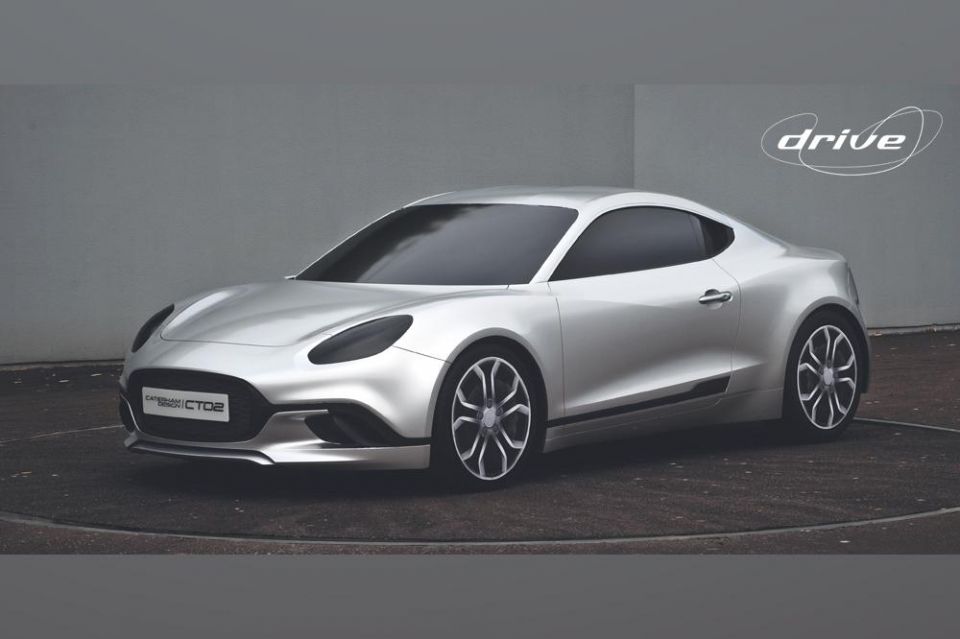
Caterham has attempted to introduce a companion model to the Seven before. The C120 coupe was developed with Renault, but the boutique British brand ran out of funds in 2014 and the project was cancelled.
Renault’s effort did, however, reach production in the shape of the Alpine A110.
As for Caterham’s iconic petrol-powered Seven, it will be produced for at least another decade, even if the UK’s proposed 2030 ban on petrol and diesel cars is maintained, as Caterham still sees export potential beyond this date.
The Seven was first conceived by Colin Chapman as a Lotus all the way back in 1957, with Caterham acquiring the rights after Lotus ended production in 1972.

Over the years, it has used powertrains sourced from numerous other companies, including Ford, General Motors and Rover.
The company, purchased by its Japanese importer last year, recently revealed its lightest Seven yet: the 170.
Powered by a Suzuki-sourced 660cc turbocharged three-cylinder engine producing 63kW of power and 116Nm of torque, it weighs just 440kg and has a power-to-weight ratio exceeding 126kW per tonne.
Last year, Caterham built 500 vehicles. It currently employs 135 people, and Caterham says demand for its vehicles is strong.
Where expert car reviews meet expert car buying – CarExpert gives you trusted advice, personalised service and real savings on your next new car.
William Stopford is an automotive journalist with a passion for mainstream cars, automotive history and overseas auto markets.


William Stopford
10 Hours Ago
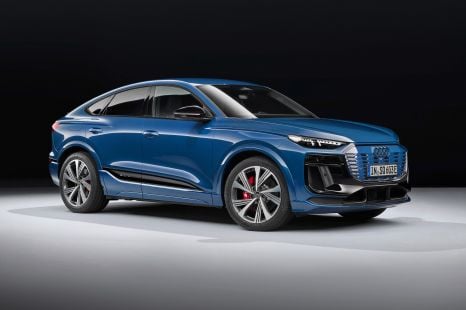

William Stopford
10 Hours Ago
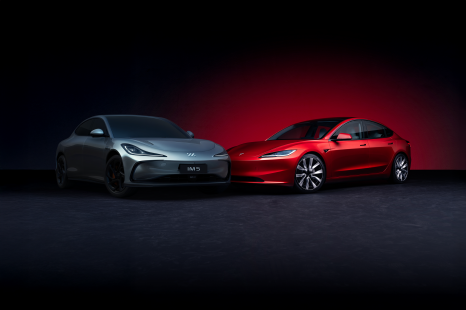

Andrew Maclean
11 Hours Ago


Derek Fung
11 Hours Ago
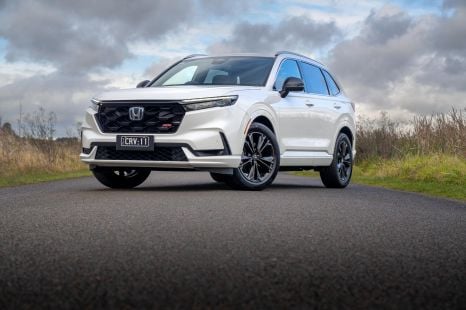

Andrew Maclean
11 Hours Ago
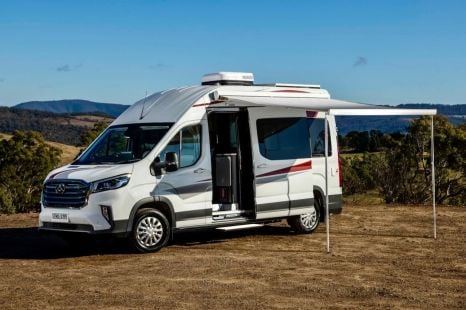

Ben Zachariah
1 Day Ago